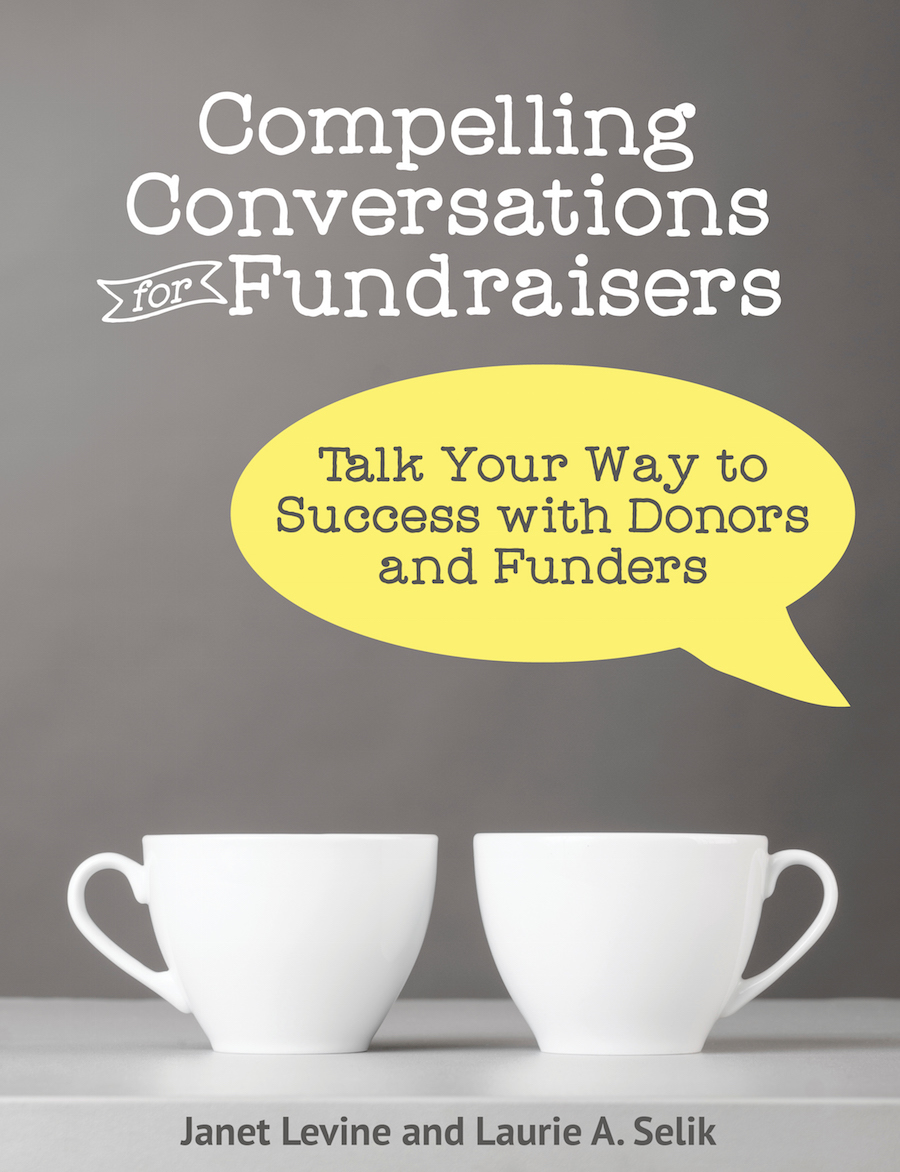Energize Your Board
Many years ago, I worked at a University whose Foundation had a board of 66 members.
“Are you crazy?” I asked the Executive Director. “How do you manage 66 board members?”
“I don’t,” he responded, shrugging. “Only about 20% of them are involved, so I only have  to deal with about 13 of them.”
I asked the obvious question, “Then why not have a board of 13?” And he said that because then he’d only have 2 or 3 active members.
to deal with about 13 of them.”
I asked the obvious question, “Then why not have a board of 13?” And he said that because then he’d only have 2 or 3 active members.
I know a lot of ED’s feel much the same—only a handful of any board’s members actually step up to the plate. But if my University Foundation’s board was made up of the 20% who actually worked, then the entire board would be involved. And if you, the Executive Director made board engagement a key role for yourself, those numbers of active members would definitely increase.
First, of course, you need to understand what you want and need from your board. Not big things, but the little, actually do-able things that will make your organization better. So not “fundraising” but helping to engage one new person in our cause. Not “governance” but engaging in substantive conversations about strategic directions. Not “financial oversight” but having a clear understanding of your financials—and asking questions until that understanding happens.
But it’s not (alas!) all about you. You also have to have an understanding of your board members’ needs and wants and, critically, what they are willing to do! And that, I have to tell you, requires that you meet with them—one on one—at least once, preferably twice, a year.
It starts, of course, with gratitude. Gratitude for whatever it is they do. Saying thanks—even if it is just a “thank you for being on the board” can go a very long way. And then the key is to find real things for them to do—things that make a difference and excite them.
Most of these things should happen at board meetings—if only you had time! But your meetings are chock full of reports that you, your treasurer, your development director and your various committee members read out loud.
Oh, please. Could anything be more boring? No wonder your board members are barely awake.
Start using a consent agenda where all those reports are sent prior to the meeting and discussion only happens if there are questions or concerns.
I know, how are you going to get them to read the reports beforehand? They don’t and that is why you read them to the board!
Honestly, they are trainable. It just takes time and effort
Don’t jump into a consent agenda where they will be voting totally blindly, but do step reading those reports out loud. Send them a week before the meeting:
- Tell members you will be asking them for thoughts, concerns, questions.
- Have a cover sheet that has 4-9 bullet points of the most salient information.
- Prepare leading questions and ask one at the board meeting.
- Or ask your Board president to do so.
Whatever you do, you must manage the process. As my therapist once told me about my kids: If you don’t manage them instead of wringing your hands over what they are or are not doing, then they are in charge. And if they are in charge, they are probably out of control.
Son engage them. Use their time, wisely. Their talent to do do interesting and strategic things, their treasure to support you and the more they are engaged, the more high-level strategic works they get to do, the more they will be willing to use that fourth T—their tentacles—to engages others in their sphere of influence.
And that is well worth the effort you will have to put into energizing your board.
Janet Levine takes nonprofits from mired to inspired and spends a lot of her time helping ED's get over their fear of managing their boards, and their boards to love being board members. Learn more at www.janetlevineconsulting.com.
She is also the co-author of Compelling Conversations for Fundraising, available at Amazon. Order now at http://tinyurl.com/hu6rgpa

